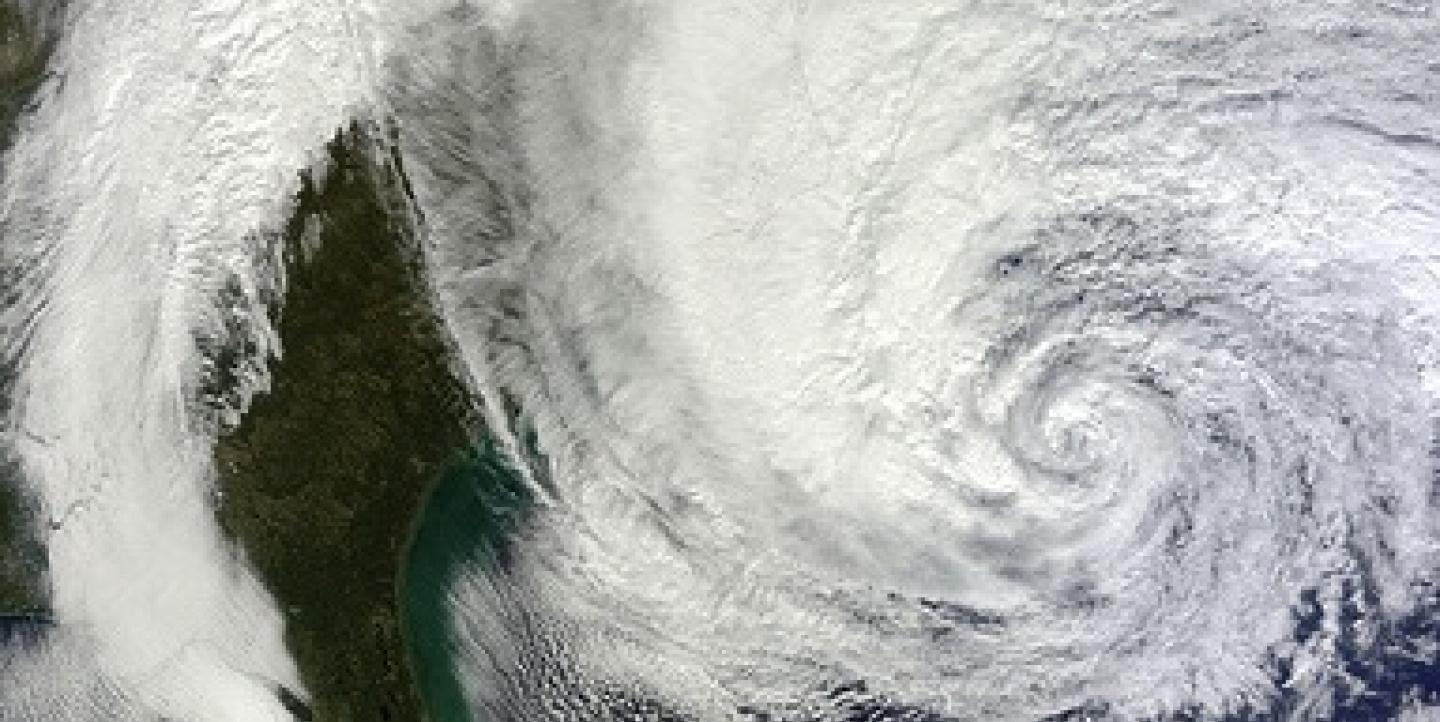Hurricane Sandy, which has already killed more than 60 people in the Caribbean, could endanger 50 million as it hits the U.S. East Coast Monday, moves inland and collides with a winter storm.
If you are covering Sandy and its aftermath, here is a roundup of useful resources:
-
Quartz posted a list of live webcams that are registering the arrival of Sandy, from Virginia Beach to Massachusetts. It also mentions Instacane, a website that follows Hurricane Sandy through Instagram.
-
Google put together a crisis map that shows the storm’s current location and the forecast track, among other useful information.
-
NASA is tracking the storm through beautiful (yet scary) satellite images on its website and Flickr.
-
The National Hurricane Center has a useful and extensive glossary of terms associated with hurricanes. The site also has a searchable database which allows you to search for previous hurricanes geographically.
-
The New York Times and The Washington Post each compiled Twitter lists of the best and most up-to-date sources of Hurricane Sandy information. You can check out the Times list here and the Post list here.
-
New York public radio station WNYC created embeddable maps of the hurricane’s impact, including a map of its path, storm and surge flood zones in two states and New York City evacuation zones.
-
MIT MediaLab launched #HurricaneHackers, “a shared space for gathering information and organizing tech and social projects related to Hurricane Sandy.” You can view it here.
-
If you are going to include user-generated photos in your story, make sure they are authentic. You can follow these useful tips to make sure you are not publishing doctored or inaccurate images.
- Finally, remember the AP Syle entry related to hurricanes. Capitalize "hurricane" when it is part of a name and use "it" and "its" in pronoun references. Avoid the sexist puns. As the AP says: "Do not use the presence of a woman's name as an excuse to attribute sexist images of women's behavior to a storm."
Photo: CC-licensed thanks to NASA Goddard Photo and Video in Flickr.

